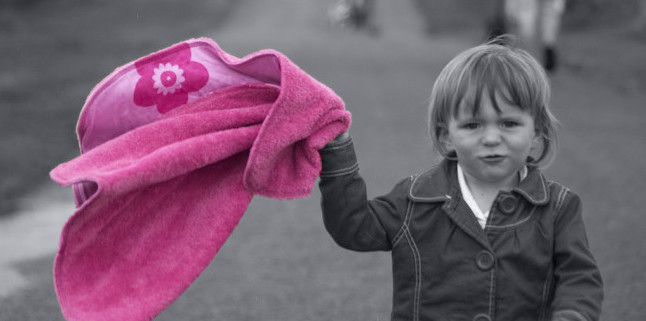
All young children typically experience some level of separation anxiety. In fact, it’s actually a survival instinct that’s especially acute in the young, helpless and vulnerable. Young children rely on their parents or caregivers for warmth, care and protection – and leaving that warm, caring and protective nest is a big deal indeed.
It becomes a bigger deal when you understand that infants and toddlers generally conform to the belief that their parents, caregivers or other attachment figures have the power to make all their big, bad fears disappear. They feel if the attachment figure goes away, they no longer have a protective shield against their fears and chaos is sure to ensure (along with a temper tantrum or two).
When Anxiety is Expected
- Newborns to 9 months: New babies generally have no problem being passed around the room and cooed at by total strangers.
- 9 months to 1 year: Babies by now recognize their parents – and typically scream out for them when unknown people enter the mix, a concept known as stranger anxiety.
- 1 to 2 years: Knowing their parents can save them from danger, children at this age are apt to wander and explore the unknown.
- 2 years: Children stop exploring and start clinging, by now aware there is a separate and potentially dangerous world out there. They crave their parents’ protection.
- 3 years and up: Anxiety and fear about separation from their parents generally continues to crop up as children become more broadly aware of the risks out there in the world. Your 4-year-old may fear sleeping alone in the dark, for instance, while your 5-year-old may cling to you when the babysitter shows up.
When Anxiety becomes a Problem
Each time your child conquers a new situation and gets through the anxiety, he or she can use the victory as a benchmark and move forward in new situations with less fear and anxiety – or not. Separation anxiety can become a problem if your child is unable to even try a new situation that doesn’t involve a parent or caregiver being close to his or her side.
Children suffering from separation anxiety cannot take any type of separation. They cannot fathom the idea of doing anything alone, from sleeping to play dates with school in between.
They experience any type of separation as an actual life-threatening event, with their innate fight or flight response triggered at the very idea of being away from their protective attachment figures. The fight or flight response, in turn, can bring on symptoms that include:
- Increased heart rate
- Rapid breathing
- Dizziness or trembling
- Panic and a feeling of impending doom
Alleviating the Problem
So what can calm down your child’s massive onslaught of adrenaline? Pretty much nothing at that very moment, although you can establish a consistent pattern of brief goodbyes and happy reunions to help your child understand the separation is not forever. Remaining calm, consistent and following through on promises can help, as can seeking out professional assistance to dig deeper into the issue to restore your child’s peace of mind.
SOURCES:
Photo Credit: themanikone via Compfight cc





